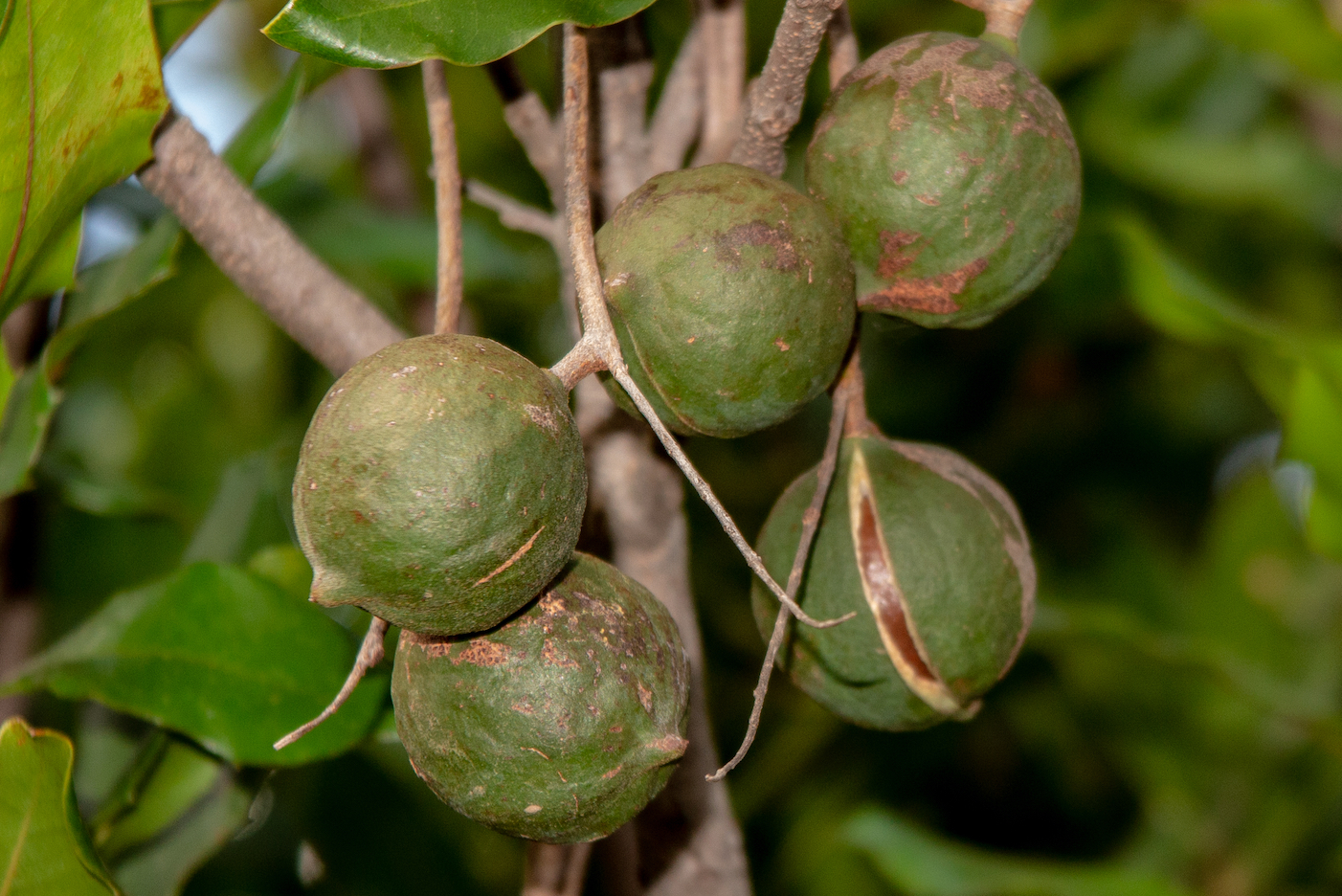



Article by: Hari Yellina
When a surge of water swept across Robbie Commens’ macadamia farm in East Wardell, near Ballina in Northern NSW, he estimated that nearly half of his orchard had been destroyed, resulting in millions of dollars in losses. Three weeks later, the picture is much brighter; but, Mr Commens has lowered the figure, saying that losses are more likely to be between five and ten per cent. “From my investigation, it appears to be more good news than negative news,” he told AAP as the first day of harvest came to a close. He stated it’s a common occurrence in the area. The leaves on the trees had gone brown due to dirty floodwater, leading workers to believe they were dead, but closer investigation revealed that they still had “one last push in.”
While Mr Commens predicted that the macadamia business in the region would take a multimillion-dollar hit, the harvest was better than projected. “A five to ten percent loss of our trees will be a shot in the arm of positivity for us,” he said. More good news, according to the farmer, is that his mature nuts, which were set to be harvested when the flood hit, sank to the ground but can still be picked. The Northern Rivers is one of Australia’s most important macadamia-producing regions, with many of the newer, larger plantations being planted on the floodplain. After being converted from a sugar cane farm five years ago, the Commens’ farm was expecting its first large crop this year.
Mr Commens said the long-term effects were still unknown because his trees were submerged for ten days, which he described as a “new record.” Macadamia trees are native to Australia, therefore they have to be hardy. He claimed his older trees are doing better, and he was pleased with the army’s assistance as well. Over the course of two days, an army team of 15 cleaned up his land, though he anticipates the clean-up to take another fortnight. Mr Commens remarked, “They did work that would have taken our team two weeks to complete.” While he didn’t anticipate to be harvesting so soon after the floods, if his farm had taken less time to drain, he would have been able to do so sooner.
Mr Commens claims that the water would have drained more rapidly three years ago if his farm’s drain outlets, which run straight into the Richmond River, had been cleared, an issue he attributes to a lack of maintenance and government bureaucracy. For the time being, he’s focused on the harvest, which normally lasts from February to August and can take up to 18 hours each day. However, with additional rain expected in the Northern Rivers starting on Friday, the harvest is likely to be disrupted once more.